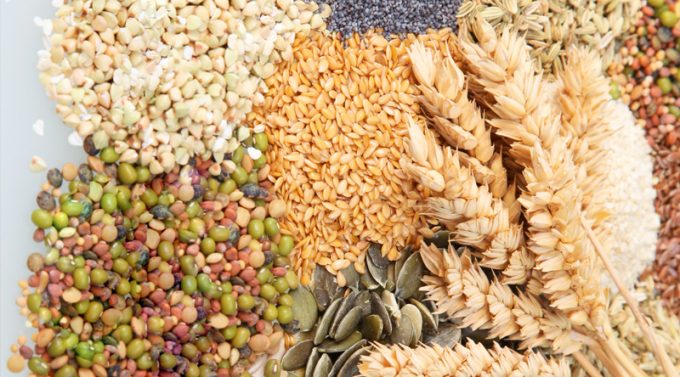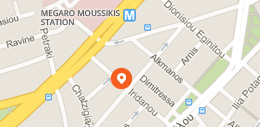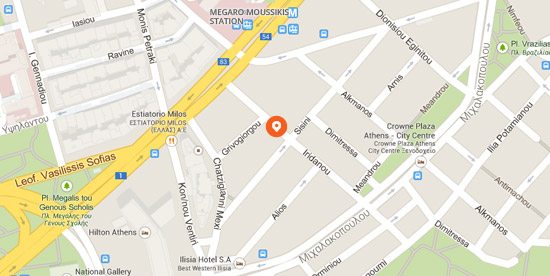The pitfalls of religious fasting
Those who fast during lent abstain from eating meat, including fish, and dairy. For many this abstinence translates to weight loss during this period. However exclusion of specific food from our diet doesn’t necessarily mean that we’ll lose weight. On the contrary in order to slim down or maintain your weight you should bear in mind two important points (there are others mind), which if ignored you could gain not lose weight.

The feeling of satiation
Meat and dairy satisfy our hunger more “easily” than Lenten food. Inevitably we end up eating more of the latter in order to feel replete, for instance we eat a lot more bread. This way the reduced level of calories you’d expect from not eating meat are offset or even exceeded from the increased quantity of lenten food.
Be mindful of the quantity of oil you consume
The second point is about olive oil. It has quite a few calories and accompanies the majority of lenten food. If you don’t keep oil quantity in check you’ll find it very difficult to cut down daily calorie intake.
What you can do:
- You cannot avoid hunger. Accept that if you wish to lose weight by fasting you are going to have to feel a bit hungry. Acceptance means suffering hunger without resorting to food. Under no circumstances should that feeling of hunger be excessive, because this would have adverse effects. Those who feel very hungry promptly quit trying and turn to eating more than they used to.
- When you should leave the table. Learn to listen to your hunger. Our body signals when it’s hungry and when it’s full. Why should one be aware of how hungry they are? In order to stop eating at the appropriate point. This is where we’ve eaten enough so as not to be hungry anymore but at the same time there is room for some extra quantity of food. It is advisable that you should stop eating when you feel this way. It would be helpful if you consider hunger measured in a ten grade scale. The point we mentioned above is grade six. Between 7 and 10 one eats despite being full, in other words food consumption is driven by the brain not the stomach.
- The scale of satiation. To get a sense of the scale practically try and eat slowly. This way you’ll be able to notice when you’ve moved from one grade to the next. Actually you could just stop eating at a random point and concentrate to your stomach. Are you then as hungry as you were before lunch?
If you reckon that emotion is driving you to eat more wait for 10 to 20 minutes. Usually you’ll then realize you’re sate. If not eat a bit more.
Make sure you drink enough fluids because thirst can be “confused” with hunger. Remember that your body “feels hungry” every 3-5 hours and don’t feel obliged to empty your plate every time. - Starchy wholegrain foods. As a means to feeling full without eating a lot you may consume wholegrain cereal products. These contain fiber. The latter compound the feeling of satiation, meaning they help us feel replete without eating excessively. Increased concentration of fiber is found in wholegrain bread, wholegrain pasta like brown rice, and in certain breakfast cereals. Prefer foods with a fiber concentration over 6 gr per 100 gr of product.
- Legume. Opt for them because they also contain fiber and hence contribute to satiety. Furthermore they facilitate bowel function, help regulate glucose and keep cholesterol low.
- Vegetables. Another source of fiber as well as vitamins, microminerals and minerals. From them we may also get an intake of calcium which is lost by the lack of dairy.
- Protein. Meat has protein, which is why we feel satiated when eating it. During lent don’t skip foods who contain protein like seafood and nuts. Avoid though frying and consuming a lot of nuts.
- Eat bread in moderation, even brown or multigrain.
- Limit daily olive oil quantity. Have olive oil but be careful with the quantity you have.









